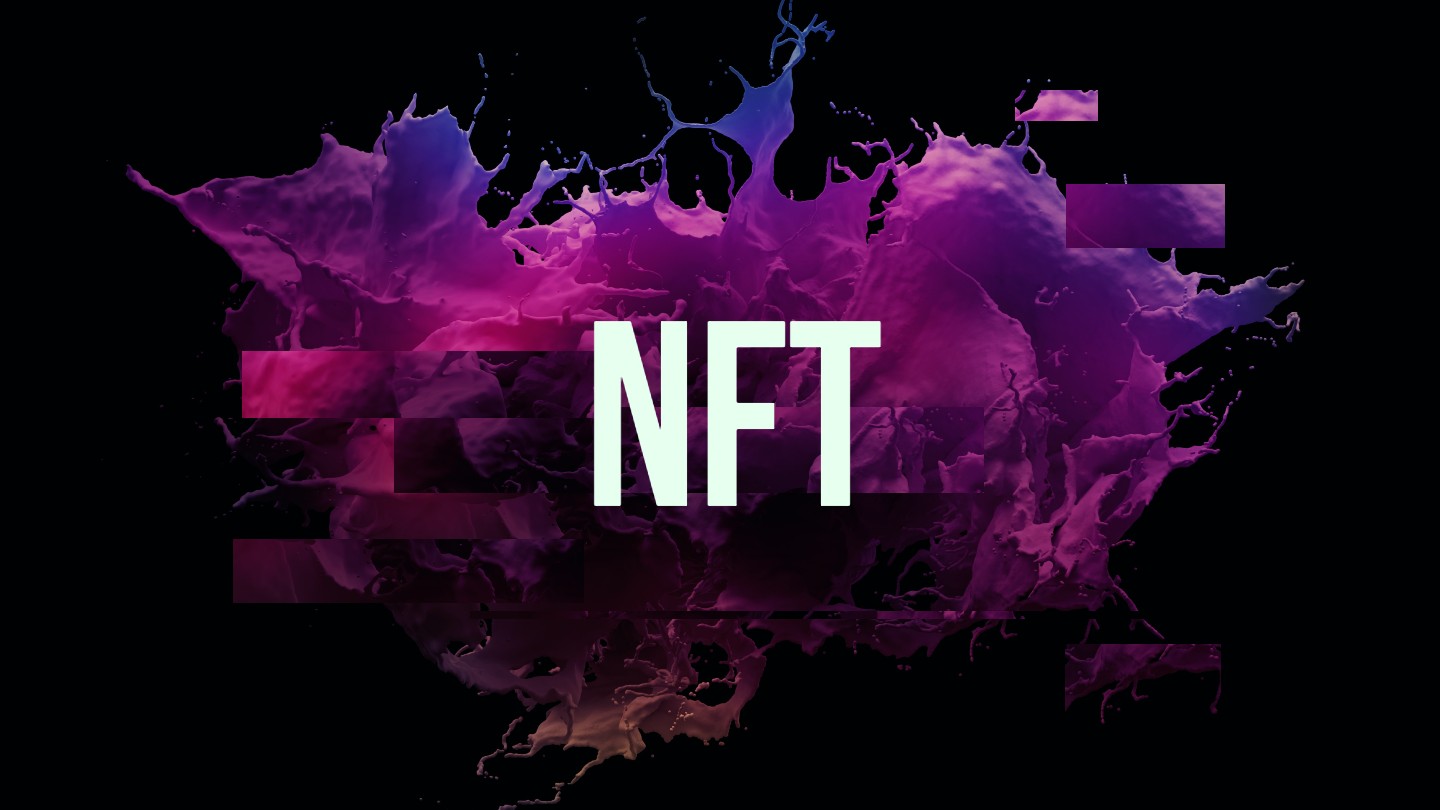Can Real-World Assets Rescue the NFT Lending Market?
29.05.2025 8:00 1 min. read Alexander Stefanov
The once-hyped NFT lending market is facing a sharp decline, with activity plunging nearly 97% since early 2024.
Once valued at over $1 billion in monthly loan volume, the space now hovers around $50 million, according to new research from DappRadar.
With NFTs losing momentum across the board, lending platforms that allow users to borrow against their digital collectibles are seeing record-low participation. Borrower numbers are down 90%, lenders by 78%, and average loan sizes have dropped over 70%, now sitting around $4,000. Even loan durations have shortened, suggesting borrowers are seeking quick liquidity plays rather than long-term capital.
Analyst Sara Gherghelas believes the sector won’t recover without a major shift. Tokenized real-world assets—like real estate or income-generating instruments—could introduce more reliable collateral and reinvigorate lending. She also points to the need for smarter systems: think undercollateralized loans, credit scoring, and AI-based risk models.
The NFT lending cooldown mirrors the broader NFT market slump, where trading volumes have nosedived 61% year-over-year. With fewer platforms active and user interest fading, the industry is clearly at a crossroads.
Still, Gherghelas isn’t writing it off. She argues that if future platforms build around utility, culture, and innovative mechanics rather than speculation, NFT lending could eventually find its footing again—this time, on sturdier ground.
-
1
U.S. Bank Advises Clients to Drop These Cryptocurrencies
29.06.2025 10:00 2 min. read -
2
Chinese Tech Firms Turn to Crypto for Treasury Diversification
26.06.2025 17:00 1 min. read -
3
FTX Halts Recovery Payments in 49 Countries: Here Is the List
04.07.2025 18:00 2 min. read -
4
What Are the Key Trends in European Consumer Payments for 2024?
29.06.2025 8:00 2 min. read -
5
What Brian Armstrong’s New Stats Reveal About Institutional Crypto Growth
29.06.2025 15:00 2 min. read
Greed Holds as Market Momentum Builds: What is the Market Sentiment
The crypto market remains firmly in “Greed” territory, with CoinMarketCap’s Fear & Greed Index clocking in at 69/100 on July 19. Despite a modest 24-hour dip from 71, the index has now held above 60 for 11 consecutive days.
Top 7 Crypto Project Updates This Week
The crypto industry saw major advancements this past week across DeFi, NFT, Layer 2, and AI-powered platforms.
Peter Thiel-Backed Crypto Exchange Files for IPO
Cryptocurrency exchange Bullish, backed by billionaire investor Peter Thiel, has officially filed for an initial public offering (IPO), marking a major step toward entering the public markets.
Tether Plans U.S.-Issued Stablecoin After Trump Signs GENIUS Act
With President Trump officially signing the GENIUS Act into law, the regulatory landscape for stablecoins in the U.S. has entered a new phase—prompting major reactions from the industry’s top players.
-
1
U.S. Bank Advises Clients to Drop These Cryptocurrencies
29.06.2025 10:00 2 min. read -
2
Chinese Tech Firms Turn to Crypto for Treasury Diversification
26.06.2025 17:00 1 min. read -
3
FTX Halts Recovery Payments in 49 Countries: Here Is the List
04.07.2025 18:00 2 min. read -
4
What Are the Key Trends in European Consumer Payments for 2024?
29.06.2025 8:00 2 min. read -
5
What Brian Armstrong’s New Stats Reveal About Institutional Crypto Growth
29.06.2025 15:00 2 min. read


